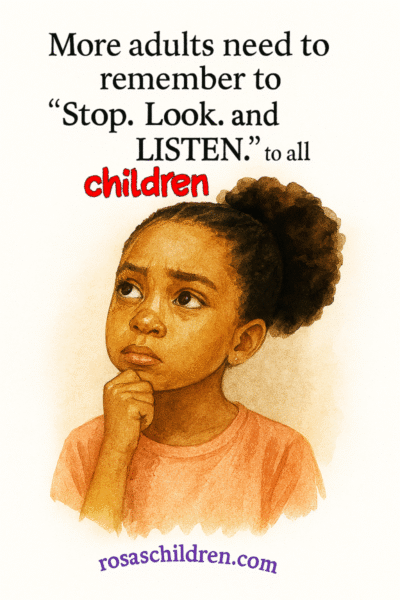The crisis of child predators isn’t going anywhere. Unless the adults change our harmful ways and change them right away. Because the pressure has al
The crisis of child predators isn’t going anywhere. Unless the adults change our harmful ways and change them right away.
Because the pressure has always been placed especially on female victims—to forgive, forget, and move on.
Never on male predators—to heal, to stop preying, to change.
The truth is:
Most male predators have multiple victims.
📌 For example: studies show that child molesters often have between 50–150 victims before ever being caught.
The truth is:
🔹 Many child sexual abusers have multiple victims.
Research from Abel et al. (1987) found that non-incarcerated child molesters had an average of 78 victims over their lifetime. Other studies have estimated averages between 50 and 150 victims before being caught or reported.
🔹 Most victims are never believed, especially girls.
According to RAINN, only 12% of child sexual abuse is ever reported to the authorities. And among girls, many are told to be quiet, forgive, or not “ruin” a man’s life by speaking up.
🔹 Recidivism rates are complicated—but underreporting is widespread.
While some data suggests child sex offenders have relatively low reconviction rates, many experts believe this reflects underreporting, not lack of reoffending. Multiple studies show that many offenses occur over decades, never making it to court.
But society still has a “forgive and overlook” habit.
And that habit?
-
Has made the problem worse.
-
Has created more victims.
-
Has grown more pain.
-
Has estranged more families.
-
Has turned once-warm homes into cold, tense, silent places.
-
Has taught girls and women to carry shame that never belonged to them.
-
Has built churches, courts, and communities around protecting the predator’s reputation instead of the victim’s restoration.
Forgiveness was never meant to be a shield for the unrepentant.
It was never meant to be a shortcut around accountability.
Until we start putting pressure where it belongs—on those who harm, not those who survived it—the crisis will keep growing.
More victims.
More pain.
More silence.
It’s time to end the cycle of misplaced mercy.
🔗 Citations:
-
Abel, G. G., Becker, J. V., Mittelman, M., Cunningham-Rathner, J., Rouleau, J. L., & Murphy, W. D. (1987). “Self-reported sex crimes of non-incarcerated paraphilics.” Journal of Interpersonal Violence.
-
RAINN.org – The nation’s largest anti-sexual violence organization
-
Hanson, R. K., & Morton-Bourgon, K. E. (2005). Predictors of sexual recidivism: An updated meta-analysis.
PS. Wonder why they don’t fund many of these studies? Uncomfortable truths doesn’t get much funding.